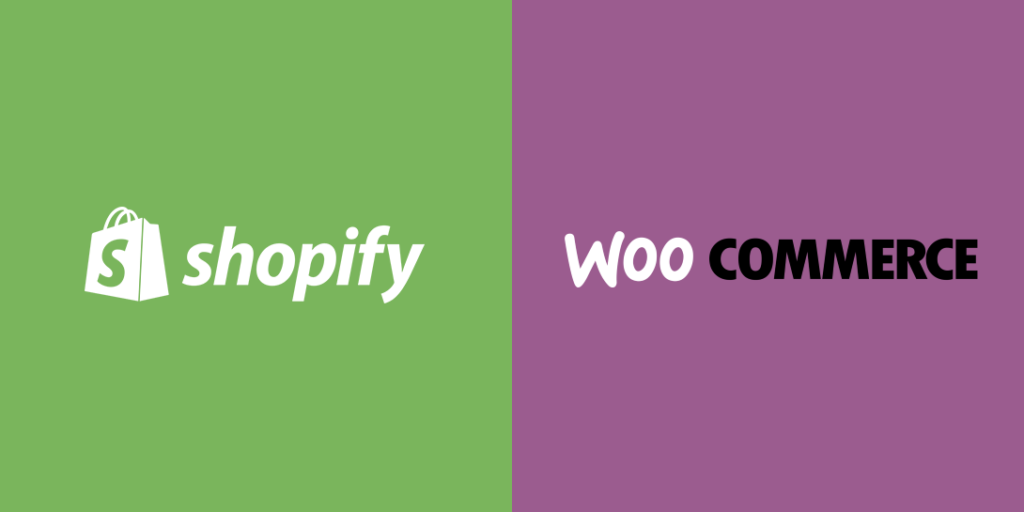Learning Hub | E-Commerce
Is WooCommerce Better Than Shopify? An eCommerce Platform Comparison
December 2, 2021 | Jon Teodoro

For those looking to build an eCommerce website, many platforms and options exist to get you up and running quickly. The market is crawling with fantastic options for every budget, that check off just about any box you’re looking for. However, with so many choices to make, it might not take long for decision fatigue to set in, especially when it comes to choosing the foundation of your eCommerce site: the platform.
There are two major players in the eCommerce platform game, Shopify and WooCommerce. They both have their benefits and drawbacks, as is life. So it really comes down to which features are most important to you when you’re ready to take the plunge and start building, and how hands-on you’d like to be.
Ease of use
Computer whizzes, you can skip down to the next section. For those of us who aren’t web designers, though, ease of use is probably a huge factor when deciding which platform to use. Shopify is the more intuitive of the two, with users requiring zero coding experience to build the site of their dreams.
WooCommerce requires a little more know-how, especially since it’s not a hosted platform like Shopify is. In order to get started, you’ll have to get a WordPress domain and hosting account, and install a theme for your site. While this requires more technical knowledge than using Shopify does, it does open you up to a whole world of…
Customization
Customizations! This is where WooCommerce truly shines. If you’re using Shopify, your control over the look and feel of your eCommerce site is limited to the design and development tools that Shopify offers, unless you know how to code or want to shell out some cash for paid add-ons.
WooCommerce’s customization options are truly unlimited, since it’s an open-source platform. If you have a little coding know-how and some creativity, the sky’s the limit. You want to change the size/shape/color/wording on your “purchase” button? Go for it. You want a rotating selection of items on your homepage? No problem!
Cost
Of course, like all things in business, cost will be a factor. Shopify’s options start at $29 per month, with a $79 per month level and an advanced $299 per month option. For small businesses starting out, the basic level is typically sufficient, allowing you to add unlimited products to your shop, have two user accounts and unlimited file storage. Unless you purchase your own domain, though, your shop will have a myshopify.com subdomain.
Since WooCommerce is a WordPress plugin, it’s technically free. However, in order to use it, you’ll need to purchase your own domain name, an SSL certificate to protect your buyers, and a web hosting plan. These startup costs will likely be a little more affordable than Shopify’s offerings, but you will also have to factor in the extensions you’ll need, which might drive the costs up.
Scalability
As you’re starting a small business, it might be hard to think about future needs as opposed to your current ones. But with your hard work and a little bit of luck, chances are, your business will be scaling up within the next couple of years, and your website will have to have those capabilities.
The easy thing about Shopify is that if you find that your current plan just isn’t cutting it anymore, all you have to do is upgrade your plan. This takes care of site updates and added security and minimizes site downtimes. Of course, an upgraded plan will always cost more and you can’t pick and choose which aspects you upgrade and which you don’t.
When using WooCommerce, you have the option to upgrade certain features that you need upgraded, while maintaining the ones you don’t. If you’re getting more traffic and need to level up your hosting service, you can just pay for that upgrade instead of having to shell out extra cash for resources you don’t actually need.
